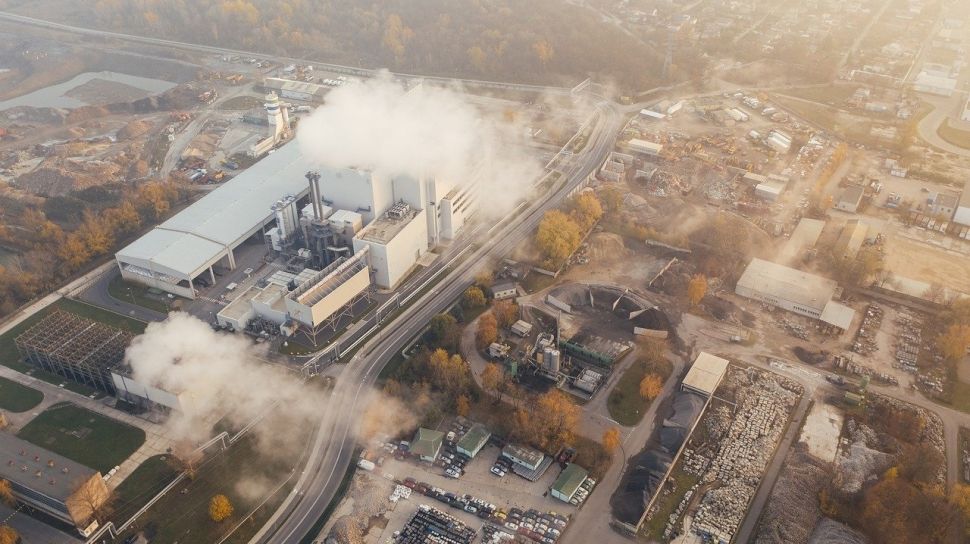Climate change has become an issue that is often discussed in daily conversations. However, this issue is still not well understood by the majority of the community.
Climate change itself is a global phenomenon caused by human activities, especially activities related to the use of fossil fuels and forest burning activities.
Such activities can produce more and more gases in the atmosphere. These gases consist of carbon dioxide (CO2), methane (CH4), and nitrous oxide (N20).
These gases have a glass-like appearance, that is, they transmit short waves or sunlight, but absorb and reflect long-wave radiation or back radiation emitted by the earth’s surface which is hot so that the temperature of the earth’s atmosphere increases. This is what is known as the greenhouse effect in terms of its effects.
Global warming does not happen instantly, but lasts from tens and hundreds of years. At the time of the industrial revolution which began around 1850, the concentration of one of the greenhouse gases CO2 in the atmosphere was only 290 ppm (parts per million).
Currently it has reached about 350 ppm. If consumption patterns, lifestyles, and population growth do not change, in the next 100 years the CO2 concentration is expected to be 580 ppm or double the pre-industrial era.
As a result, in the next 100 years the average temperature of the earth will rise to 4.5 ° C which will have an extraordinary impact on all living things on earth, including us humans.
The biggest emitters of greenhouse gases are industrialized countries such as the United States, Britain, Russia, Canada, and other countries in the Northern Hemisphere. The consumption patterns and lifestyles of countries in the north are very different from those in developing countries in the south.
On the other hand, developing countries, including Indonesia also have a contribution to global warming caused by forest fires. In fact, the IPCC (Intergovernmental Panel on Climate Change) placed Indonesia in the top three countries with the largest emissions behind the United States and China in 2000. This is due to the smoke generated by forest fires.
The Forum for the Environment (Walhi) itself stated that between 2000-2004 Indonesia’s forests were damaged at 3.4 million hectares per year, in 2005 it was 2.8 million hectares per year, and in 2006 it decreased to 2.73 million hectares per year. .
Not only forest burning, Chloro Fluoro Carbon (CFC) or what is usually known as freon is also known as a greenhouse gas because CFCs attack ozone in the atmosphere.
When ozone begins to deplete due to excessive use of freon, CO2 levels in the atmosphere will increase. As a result, the ozone content in space is depleted, causing the ozone hole, especially the North and South Poles. Thus, ultraviolet light is able to penetrate into the atmosphere to the earth’s surface.
Ultraviolet radiation can also cause skin cancer. If the ozone layer continues to deplete, the earth will no longer have ultraviolet radiation shields. This will continue to happen on earth and will destroy the earth if we ignore the issues of global warming and the emission figures produced by countries in the world.
Therefore, it is important for us to increase our awareness to protect our earth in the future.
– .


